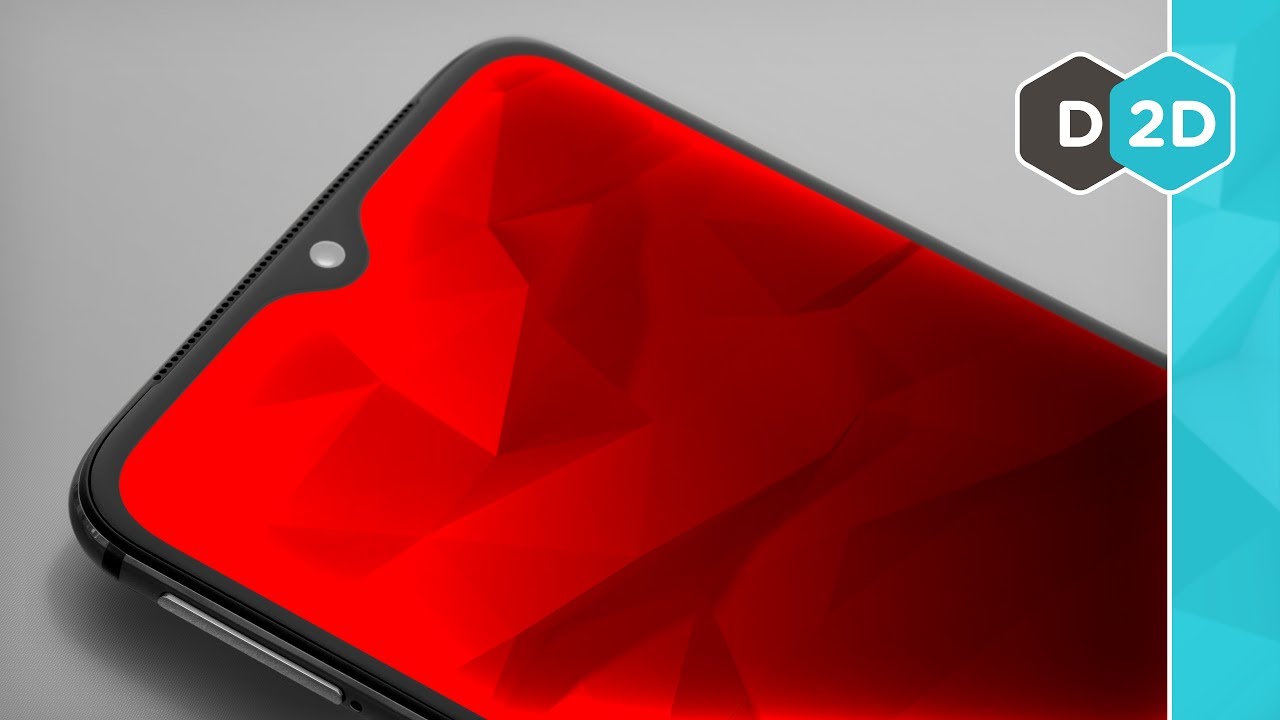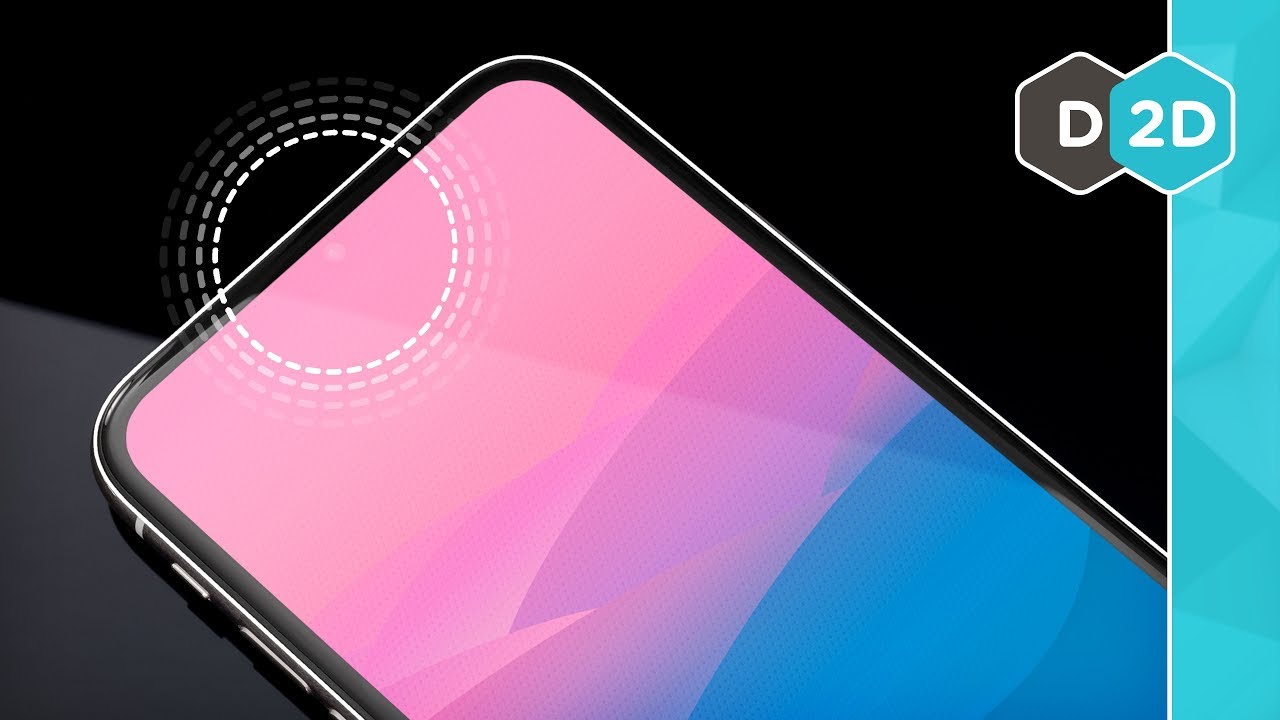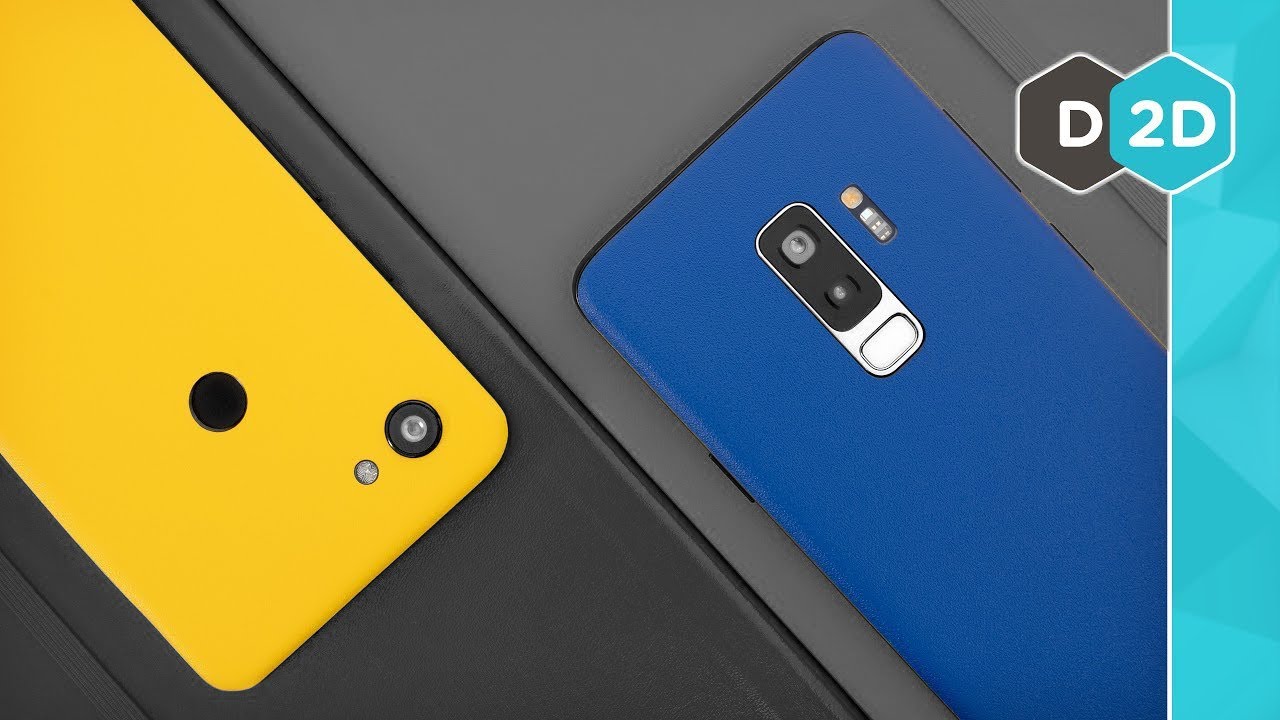
The debut of new software updates for iPhone, Apple Watch, and Mac represented the perfect opportunity for Apple to also introduce the new universal purchase concept.
First discovered earlier this year, the universal purchase is, just like its name suggests, a purchase that you make in one store and which then is valid in the entire Apple ecosystem.
In other words, if you purchase an iPhone app that uses this new concept, then you technically own the app on all the other Apple platforms, including on Mac. So you buy the app once and use it on any Apple product.
At this point, the universal purchase system supports the following operating systems:
- iOS
- iPadOS
- watchOS
- macOS
- tvOS
In other words, these are the platforms where you can buy an app and use it on your devices, as long as the developer adopts this new system.
“Distribute iOS, iPadOS, watchOS, macOS, and tvOS versions of your app as a universal purchase to let customers easily enjoy your app and in‑app purchases across platforms. They’ll only need to purchase once on the App Store,” Apple explains in developer documentation.
Technically, all the work that must be done for a universal purchase takes place on the developer side. App makers need to use a single bundle ID for their apps, which also must be associated with the same app record in App Store Connect.
“Upload your apps to the app record using a single bundle ID. While the bundle ID must match the bundle ID you enter in App Store Connect, the apps can have different version numbers and build strings. After you upload a build to App Store Connect, you can’t change the bundle ID or delete the App ID in your developer account,” Apple says.
What developers need to know is that an app becomes a universal purchase once the App Review team approves the listing on at least two platform versions. Apple doesn’t allow devs to disable the universal purchase or pull a single platform version.
Offering a universal purchase for iPhone and iPad is easy, as the app only needs to support both devices. On the other hand, things are getting a little bit more complicated if you want to create an app that supports two other platforms, such as iPhone and Apple Watch.
In this case, you need to create the main iPhone app and a version for the Apple Watch and then use the same Xcode project to upload them to App Store Connect. At this point, an app that is offered exclusively to the Apple Watch can’t be included in a universal purchase, Apple says.
Worth knowing is that the universal purchase has nothing in common with universal apps, as some might be tempted to believe. Universal apps are built to run on more than just one device – Microsoft itself used this concept back in the days when Windows Phone was still a thing, as the company wanted the same app to run on Windows PCs, Xbox consoles, and Windows phones.
The universal purchase concept comes in handy mostly to those who are deeply committed to the Apple ecosystem and use…
https://news.softpedia.com/news/apple-s-universal-purchase-concept-explained-529556.shtml


![Seemingly Unreleased Version of Logic Pro X With Live Loops Appears on Apple's Education Site [Updated]](https://www.malaysiainternet.my/wp-content/uploads/2020/03/1585555776_Seemingly-Unreleased-Version-of-Logic-Pro-X-With-Live-Loops.png)













